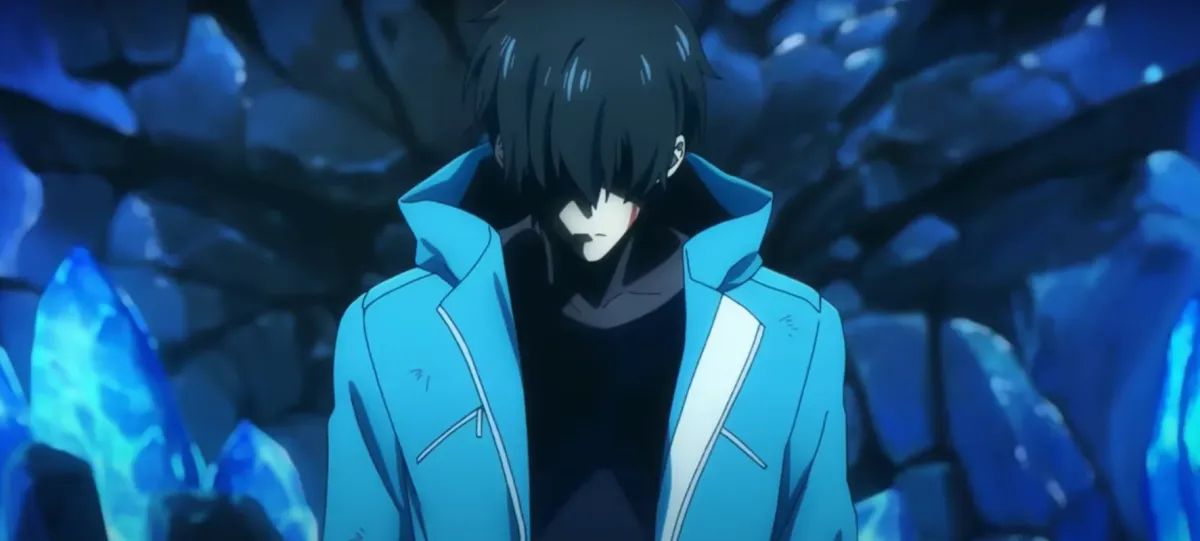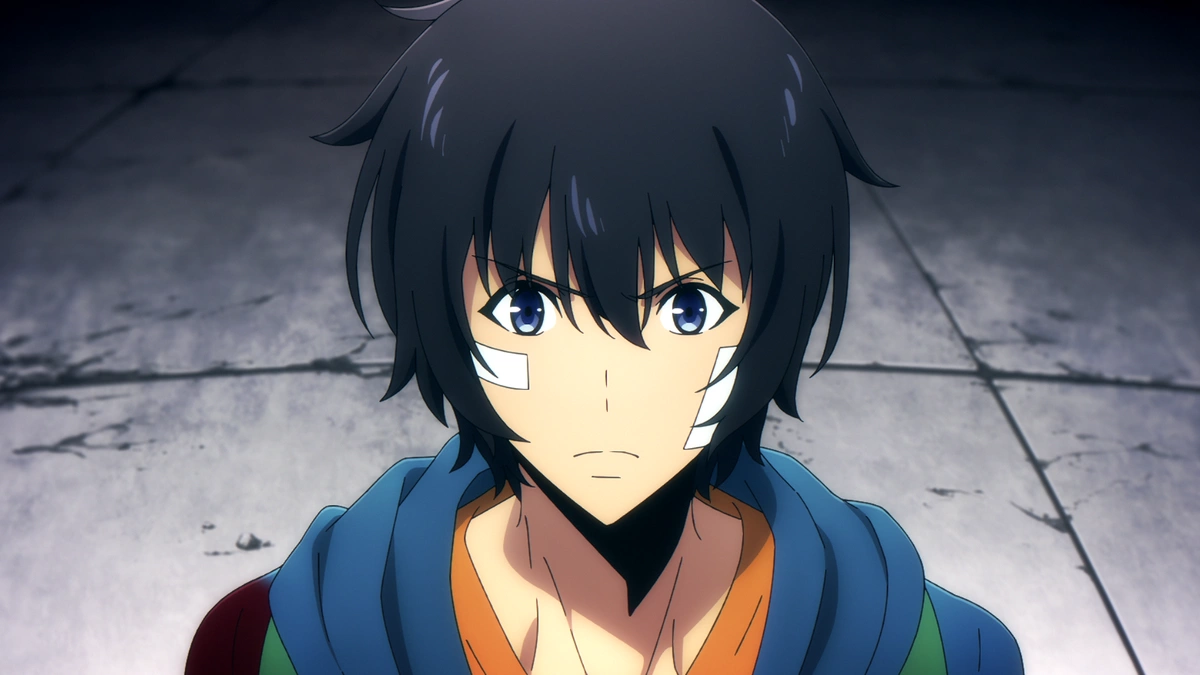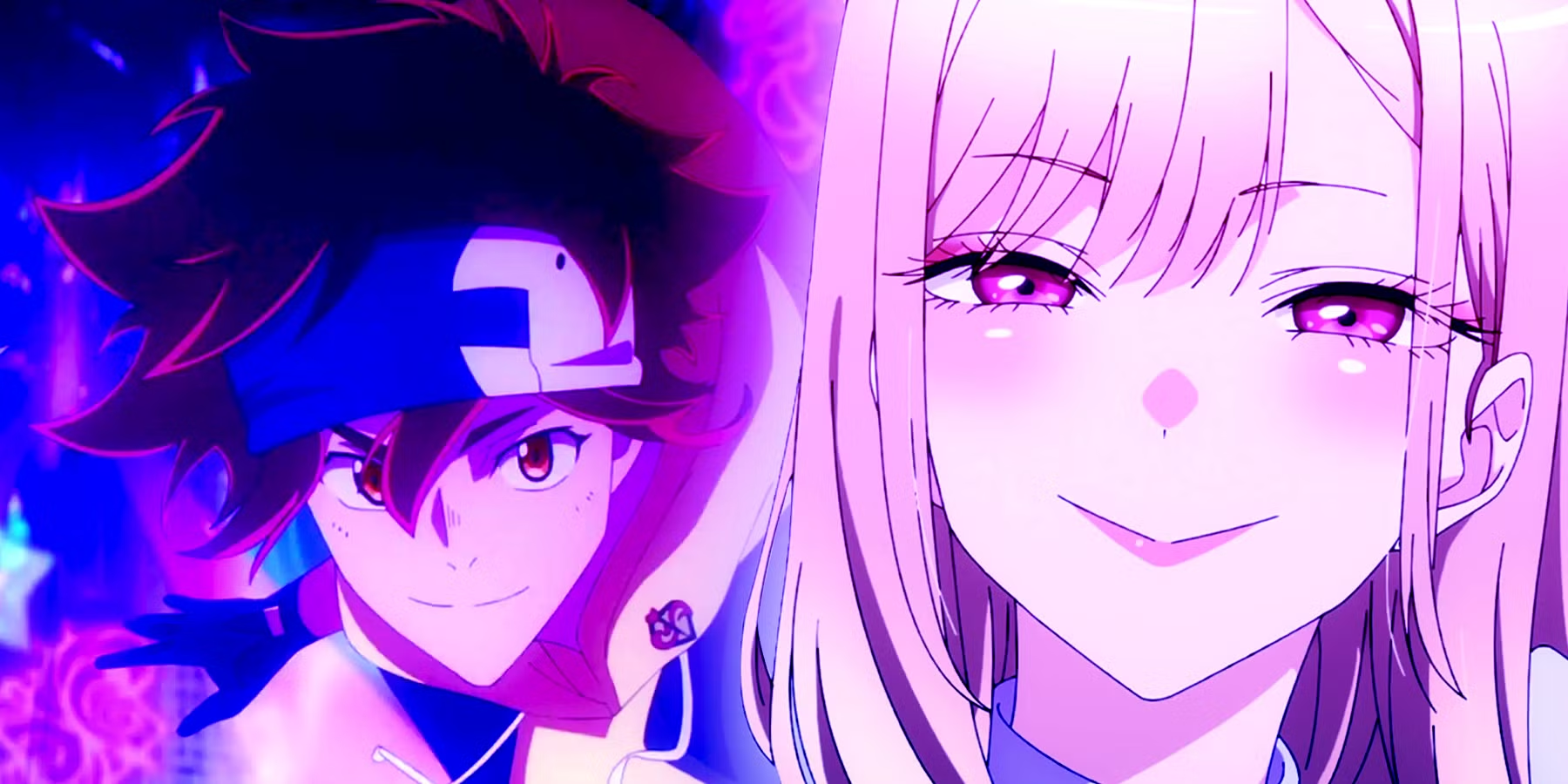Japan is facing mounting pressure from international bodies after refusing to implement censorship laws targeting “loli” characters—anime portrayals of youthful or childlike female characters often shown in suggestive contexts. The UN’s Committee on the Rights of the Child issued a formal rebuke, claiming Japan’s inaction contributes to “the normalization of child harm through fictional media.”
The controversy centers around anime and manga that feature highly stylized depictions of underage-looking characters, a genre that has sparked outrage in the West for years. Though fictional, critics argue such content blurs the line between imagination and exploitation, potentially influencing dangerous real-world behavior.
UN Slams Japan Over Loli Culture

The United Nations has called on Tokyo to enact strict legislation banning the production and distribution of sexually suggestive content involving childlike characters. The UN’s latest report cites a “disturbing tolerance” for animated materials that would be illegal in many other nations.
Human rights groups and child protection organizations from Europe, North America, and Australia have joined in the criticism, arguing that Japan’s entertainment sector is “shielding disturbing fantasies under the guise of art.” According to these groups, Japan’s refusal to regulate this content places it at odds with global standards for child safety.
Japan Pushes Back: Culture vs. Criminality

Japanese government officials, however, have pushed back, citing domestic legal standards that separate fictional content from criminal acts. Japan’s Ministry of Internal Affairs reaffirmed that the nation has no plans to criminalize artistic expression unless it involves real minors.
Creators and legal scholars in Japan argue that the global outrage stems from cultural misinterpretation. “These characters are fictional, not representations of real children,” says manga artist Yūki Aihara. “The West sees perversion; we see metaphor, stylization, and fantasy.” Many in the anime industry fear that foreign pressure could stifle artistic innovation and punish creators based on subjective interpretations.
Censorship or Sovereignty? The Legal and Cultural Divide

Japan’s reluctance to criminalize loli content stems partly from constitutional protections for free speech. Unlike in the U.S. or U.K., Japanese law distinguishes sharply between fictional and real imagery, with the former generally protected. Past attempts to legislate bans have sparked fierce backlash from artists, publishers, and civil liberties advocates.
Critics of international pressure warn that imposing Western values on Japanese media erodes cultural sovereignty. “It’s not about protecting children; it’s about exporting moral standards,” says a Tokyo-based legal analyst. “There’s a risk in equating cultural artifacts with criminal intent.”
A Growing Rift in Global Media Ethics
The standoff highlights a deepening rift between Japan and global watchdogs over media ethics. While many countries tighten laws around fictional depictions involving minors, Japan continues to prioritize artistic freedom over external condemnation. The disagreement underscores broader questions about where to draw the line between art and harm in a connected world.
As debates escalate online and diplomatic tensions rise, Japan’s stance remains firm. Whether the UN’s pressure leads to future policy shifts is unclear—but for now, the clash between global child protection norms and Japan’s media culture continues to intensify.




